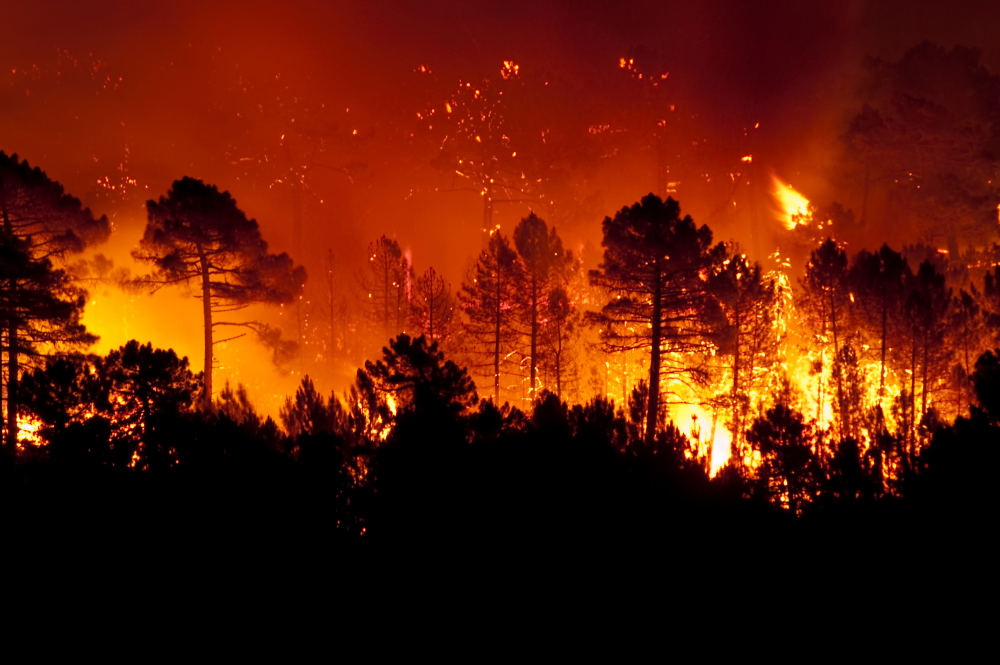Is Climate Change Increasing the Risk of Natural Disasters?

Combined with 2023 being the warmest year since records began in 1850, the number of climate-related disasters has tripled in the last 30 years.1 Could natural disasters be increasing because of climate change?
Natural Disasters & Climate Change
The IPCC (Intergovernmental Panel on Climate Change) have declared that climate change is already affecting weather and climate extremes across the world. Deadly wildfires in Hawaii, floods in Africa, powerful earthquakes in Taiwan and recent tornadoes in North America are a tell-tale sign that natural disasters are rising – posing risk to people, nature and wildlife.
Changes in the global climate affect the hydrological cycle and the jet stream, exacerbating climate hazards and increasing the risk and frequency of extreme natural and weather related disasters; leading to death, loss of livelihoods, injury and displacement.
Here, we take a closer look at how global warming can influence natural disasters.
Floods
Floods impact more people than any other natural disaster, having devastating effects on communities and infrastructure. The increase in floods is caused by rising seawater, heavier precipitation and wetlands being filled in, meaning water and rain cannot pass through to the water table properly.
Although there are ways to minimise the effects of floods – such as dams and seawalls – these measures cannot adapt to changing conditions. Nature-based flood management processes can minimise the consequences of floods. These include protecting wetlands to ensure that water can be absorbed, reducing the risk of floods. Wetlands hold carbon and greenhouse gases (acting as a carbon sink), keeping the planet cool and also provide water storage, further reducing the impact of flooding.
Wildfires
Wildfires are caused by extreme temperatures, and have devastating consequences on communities, wildlife and homes; also wiping out crops and livestock.
Longer dry seasons, earlier snowmelt and stronger wings that damage nature’s ability to resist fire, paired with heat waves that dry out land and vegetation, make it easier for wildfires to spread. Research shows that Australia’s bushfire season is nearly a month longer than 40 years ago.2
However, wildfires can only be started by human activity and although the biggest solution is to tackle climate change, there must also be change from a human perspective too. This includes education on how wildfires start, the consequences for those who initiate fires and fire management policies such as discouraging developments in fire-prone areas and removing fuels (such as dead trees) from forests.
Tornadoes
Rising temperatures and warmer seas result in more water vapour evaporation, providing fuel for hurricanes and tornadoes, which also trap heat with greenhouse gases in the atmosphere.
The strength and frequency of tornadoes is increasing, causing significant damage to life and property. Whilst climate change action needs to be taken, short-term adjustments can lower the negative impact of tornadoes, including building shelters and homes with wind-resistant construction materials.
Conclusion
Undoubtedly, the main solution to natural disasters is to look after our planet in the first place: by reducing greenhouse gases to minimise the likelihood of disasters from occurring. Climate change is not a quick fix, and the world will likely feel the impact of it for decades to come, so change must happen soon.
1 Oxfam


